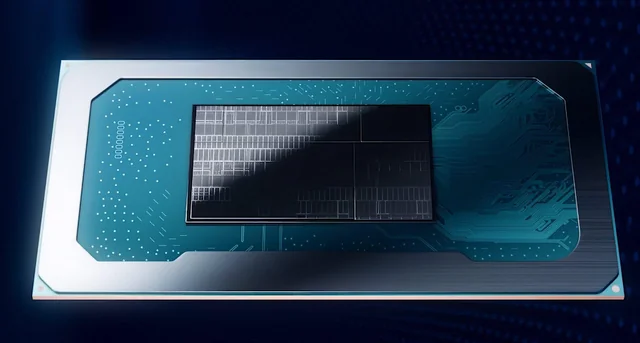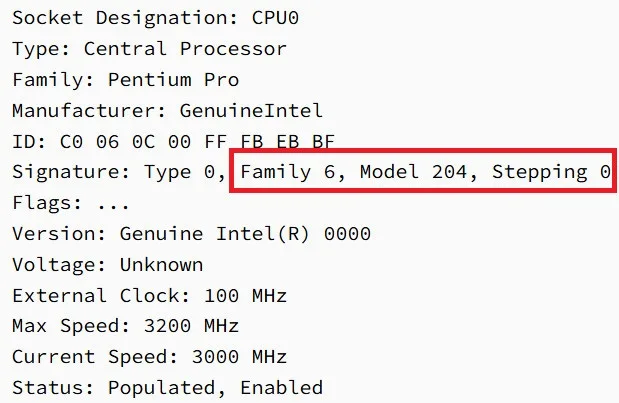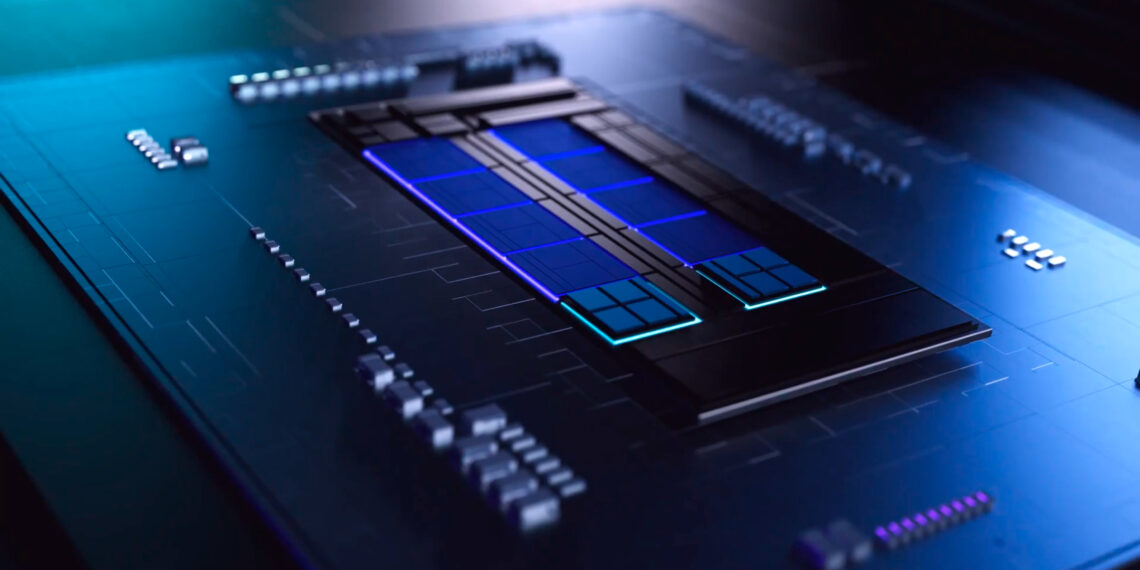Intel’s upcoming Panther Lake mobile processors have been leaked through the company’s own Graphics Continuous Integration portal, revealing significant architectural changes. The spotted 12-core chip notably lacks hyperthreading support and features a 3.0 GHz base clock, marking a potential shift in Intel’s CPU design philosophy.

Table of Contents
Leaked Specifications Breakdown
The leak originated from Intel’s GFX CI portal, which tests open-source Linux graphics drivers. This accidental revelation provides authentic insight into Panther Lake’s core specifications:
| Specification | Details | Significance |
|---|---|---|
| Cores | 12 total | Hybrid architecture |
| Hyperthreading | None | Major architectural change |
| Base Clock | 3.0 GHz | Conservative baseline |
| Boost Clock | 3.2 GHz (rumored) | Modest performance target |
| Process Node | Intel 18A | Next-gen manufacturing |
Hybrid Core Configuration Mystery
The 12-core design likely implements Intel’s hybrid architecture, though the exact configuration remains uncertain. Two potential arrangements emerge:
- Option 1: 4 Performance (Cougar Cove) + 8 Efficient (Darkmont) cores
- Option 2: 4 Performance + 4 Efficient + 4 Low Power Efficient cores
The second configuration would introduce a new tier of ultra-efficient cores, potentially extending battery life significantly for mobile devices.

No Hyperthreading: Strategic Decision
Intel’s elimination of hyperthreading from Panther Lake represents a major architectural pivot. This decision could stem from:
- Security considerations reducing side-channel attack vectors
- Performance optimization for hybrid core designs
- Power efficiency improvements for mobile applications
Modern workloads may benefit more from additional physical cores than virtual threads, especially in mobile scenarios where power consumption is critical.
Manufacturing Challenges
Panther Lake will debut on Intel’s 18A node, representing the company’s cutting-edge manufacturing technology. However, production faces significant hurdles with reported yield rate struggles that could impact launch timing.
The Q4 2025 launch target may face delays if Intel cannot resolve these manufacturing issues, potentially affecting the company’s competitiveness against AMD’s mobile processors.
Market Positioning
Panther Lake divides into two variants:
- PTL-H: Mainstream budget to mid-range mobile segment
- PTL-U: Ultra-low power for maximum battery efficiency
This segmentation allows Intel to compete across different mobile computing categories, from gaming laptops to ultrabooks.

Industry Implications
The transition away from hyperthreading could influence the broader x86 ecosystem. If Intel demonstrates superior performance and efficiency without hyperthreading, other manufacturers might follow suit.
Panther Lake also represents Intel’s final Family 6 architecture before transitioning to Family 18 with Nova Lake, marking the end of an era in Intel CPU development.
FAQs
Will removing hyperthreading hurt gaming and productivity performance?
Intel likely compensates with more physical cores and optimized hybrid architecture, potentially improving real-world performance despite fewer threads.
When will Panther Lake laptops be available for purchase?
Intel targets Q4 2025 launch, but manufacturing yield issues could delay availability into early 2026.








